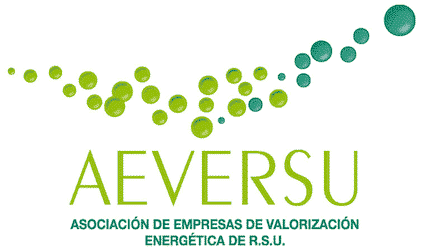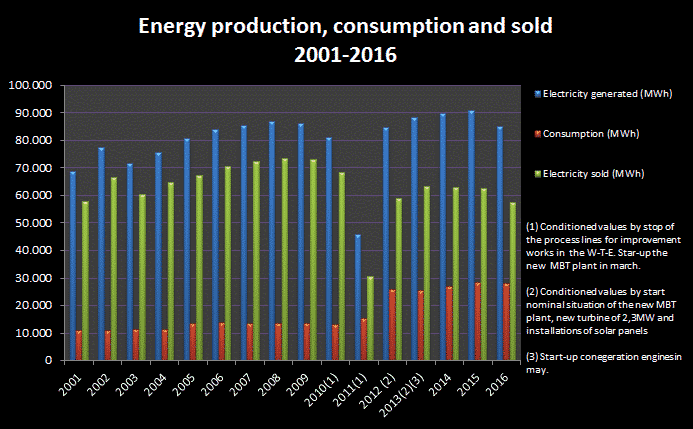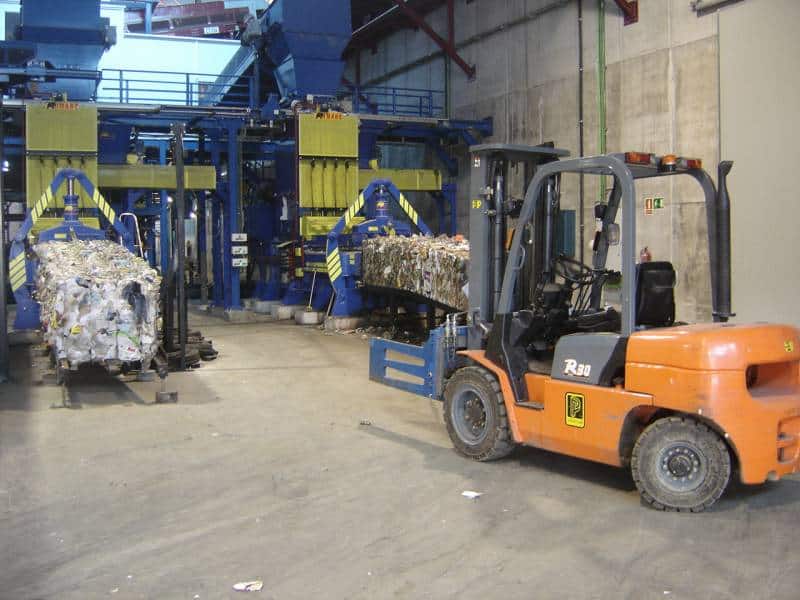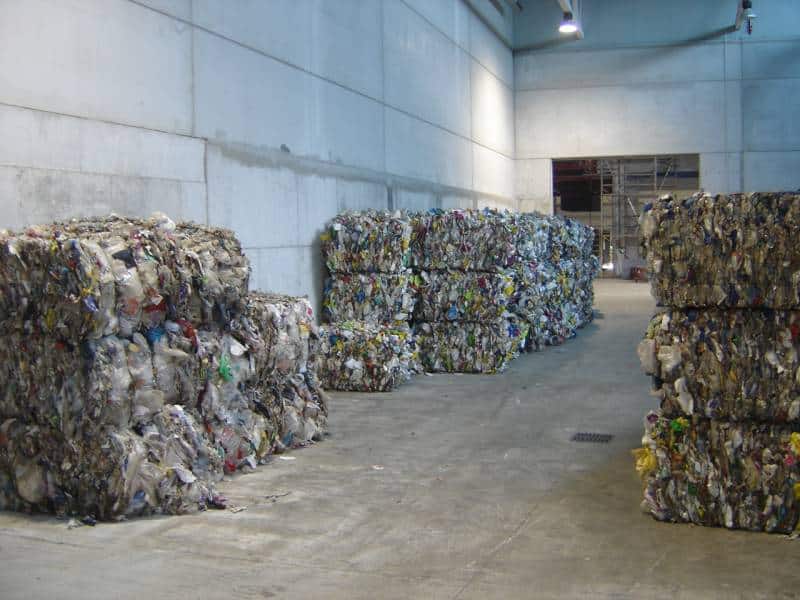Cookies are small data files that are received on the terminal from the website visited and are used to record certain browsing interactions on a website by storing data that can be updated and retrieved. These files are stored on the user’s device and contain anonymous data that is not harmful to your computer. They are used to remember the user’s preferences, such as the selected language, access data or personalisation of the website or App.
Cookies or storage devices have traditionally been associated with websites. However, they are now used both on websites and on other types of platforms and applications (e.g. Apps for smartphones and tablets).
Cookies can also be used to record anonymous information about how a visitor uses a site. For example, from which web page/App you accessed it, or whether you used a banner ad to get there.
Information society services may be provided by the publisher through a platform, computer application or a website/App which the user accesses from their terminal equipment.
- WHY DO WE USE COOKIES?
We use our own and third-party cookies to analyse the use of the website and display advertising with preferences based on a profile drawn up from the user’s browsing habits.
CONSORCI PER AL TRACTAMENT DE RESIDUS SOLIDS URBANS DEL MARESME, uses Technical and Analytical cookies for our website that will allow you to use secure areas, personalised options, etc. In addition, CONSORCI PER AL TRACTAMENT DE RESIDUS SOLIDS URBANS DEL MARESME, uses cookies that collect data relating to the analysis of the use of the website. These are used to improve the service to the user by measuring the use and performance of the website, in order to optimise and personalise it.
– Google Cookie, ANALYTICS: Google ANALYTICS is a free service offered by Google Inc. that collects information about the pages of the website consulted, at what time, which web browser, etc. This information is then sent to the servers of Google Inc.
- WHAT USE DO WE MAKE OF THE DIFFERENT TYPES OF COOKIES?
According to their purpose:
– Technical cookies: these are those that allow the user to browse through a website, platform or application and use the different options or services. For example, those that serve to maintain the session, manage response time, performance or validation of options, use security elements and share content.
– Preference or personalisation cookies: These cookies allow information to be remembered so that the user can access the service with certain characteristics that can differentiate their experience from that of other users, such as, for example, the language, the number of results to be shown when the user performs a search, the appearance or content of the service depending on the type of browser through which the user accesses the service or the region from which they access the service, etc.
– Analysis or measurement cookies (analytics): These cookies allow the party responsible for them to monitor and analyse the behaviour of the users of the websites or Apps to which they are linked, including the quantification of the impact of advertisements. The information collected through this type of cookies is used to measure the activity of the websites, application or platform, in order to make improvements based on the analysis of the usage data of the users of the service.
– Advertising cookies: These are cookies that, processed by the App administrator or by third parties, allow us to analyse your browsing habits on the Internet so that we can show you advertising related to your browsing profile. Advertising cookies allow the management of advertising spaces based on specific criteria.
They are those that store information on user behaviour obtained through the continuous observation of your browsing habits, which allows us to develop a specific profile of your browsing habits.
Type of cookies according to the length of time they remain active:
– Session Cookies: These are those designed to collect and store data while the user accesses a web page/App. They are usually used to store information that is only of interest to keep for the provision of the service requested by the user on a single occasion (for example, a list of products purchased) and disappear at the end of the session.
– Persistent cookies: These are cookies in which the data remain stored in the terminal and can be accessed and processed for a period defined by the party responsible for the cookie, which can range from a few minutes to several years. In this respect, it should be specifically assessed whether the use of persistent cookies is necessary, since the risks to privacy could be reduced by using session cookies. In any case, when persistent cookies are installed, it is recommended to reduce their temporary duration to the minimum necessary, taking into account the purpose of their use.
The legal obligations imposed by the regulations are twofold: the obligation of transparency and the obligation to obtain the explicit consent of the website user.
In accordance with the nature of your business activity, the business model you develop and the scope of your responsibility, it is recommended that you carry out a review of the cookies you use, either internally or with the advice of specialised entities.
This review will aim to identify the cookies being used, analysing whether they are own or third-party cookies, session or persistent cookies, and specifying their function in order to decide whether or not they fall within the scope of application of article 22.2. Taking into account the possible changes that may occur in the management and use of cookies, it is advisable to carry out this review periodically in order to update the information available on these cookies. In any case, we remind you that it is advisable that the solutions implemented to comply with the obligations of article 22.2 of the LSSI must be technologically neutral and, therefore, must be solutions that most browsers recognise.
- LINK TO THE IDENTIFICATION OF COOKIES:
It is advisable that the information displayed through which you manage cookies (including how to revoke consent and delete cookies) is available to you in an accessible and permanent manner at all times through the website, application or online service in question. For these purposes, and without prejudice to other solutions that may be adopted, this requirement shall be deemed to be met when the cookie management system (configuration panel or a CMP, which allows website or App owners to obtain, manage and disseminate the consent of consumers) and which is integrated into the cookie policy itself or when a link leading directly to the management system or configuration panel is included in this policy.
AEPD Guide, 3.2.10. Possibility of denial of access to the service in the event of refusal to accept cookies:
There may be certain cases in which the non-acceptance of the use of cookies prevents access to the website or the total or partial use of the service, provided that the user is adequately informed in this regard and an alternative, not necessarily free of charge, access to the service is offered without the need to accept the use of cookies.
These cookies, must comply with the RGPD-UE-2016/679, the, LOPDGDD-3/2018, the regulations of the LSSI-CE-34/2002, update, 09/05/2023, and the GUIDE on the use of cookies of July 2023, of the AEPD with criteria of the CEPD.
OWN COOKIES IN USE:
The following cookies have been allowed when visiting this website:
| DOMAIN | COOKIE | OWNER | PURPOSE | EXPIRATION |
| maresmecircular.cat | _ga | Google | Analytics, distinguishes web users. | Persistent |
| _ga_EXCGSLVH10 | Google | Analytics, distinguishes web users. | Persistent |
| _gat | Google | Analytics, used to limit the percentage of requests. | Persistent |
| cookie_notice _accepted | Own | To read if cookies can be set. | Persistent |
EXTERNAL COOKIES IN USE:
The following cookies have been allowed when visiting this website:
| DOMINIO | COOKIE | PROVIDOR | PURPOSE | DURATION |
| youtube.com | LOGIN_INFO | Youtube | For embedding videos. | Persistent |
| VISITOR_INFO1 _LIVE | Youtube | For calculating user bandwidth. | Persistent |
| VISITOR_PRIVACY _METADATA | Youtube | Stores user information. | Persistent |
| YSC | Youtube | For embedding videos. | Session |
| receive-cookie-deprecation | Own | For accessing test settings without cookies. | Persistent |
| google.com | NID | Google | Provides ad delivery or retargeting. | Persistent |
| google/youtube | __Secure-3PAPISID | Google Youtube | Delivers ads more relevant to the user. | Persistent |
| __Secure-3PSID | Google Youtube | Delivers ads more relevant to the user. | Persistent |
| __Secure-3PSIDCC | Google Youtube | Delivers ads more relevant to the user. | Persistent |
| __Secure-3PSIDTS | Google Youtube | Delivers ads more relevant to the user. | Persistent |
If you decide to modify the configuration of your access to the website, you should know that it is possible to delete cookies or prevent this information from being recorded on your computer at any time by modifying the configuration parameters of your browser:
– Firefox cookie settings.
– Google Chrome cookie settings.
– Safari cookie settings.
– These browsers are subject to change or modification, so we cannot guarantee that they will be completely adjusted to the version of your browser. To avoid these mismatches, you can access them directly from your browser options which are usually found in the Options menu, in the ‘Privacy’ section. (Please consult your browser’s help for more information).
- WHERE CAN I GET MORE INFORMATION?
You can find more information about cookies at: www.allaboutcookies.org or www.youronlinechoices.eu.
These clauses are made by GRUP QUALIA, so you are given a certificate in digital image format so that you can display it on your website.
Updated: 28/08/2024.








